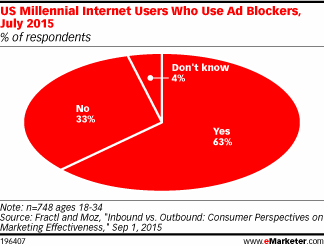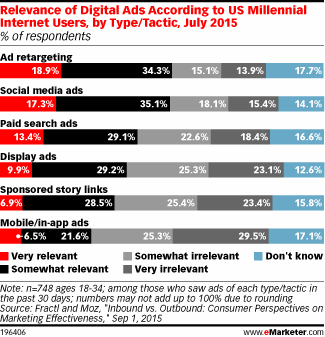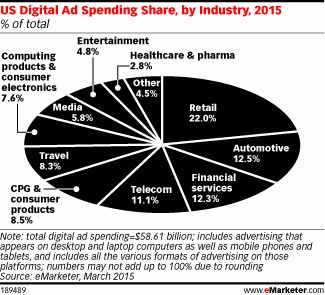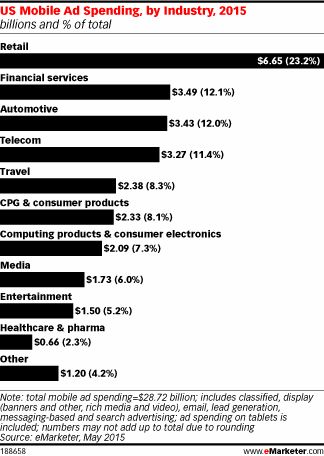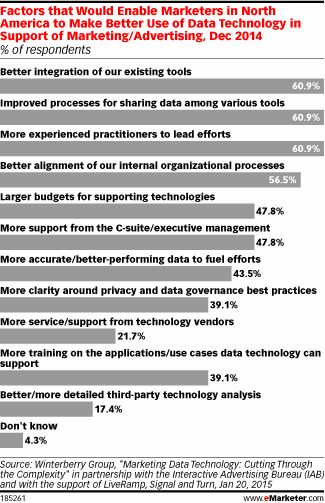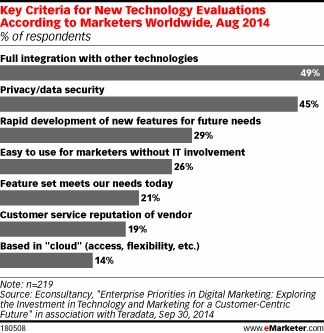While many companies thrive on using ads to get the message across to customers, not everyone is a fan of them. In fact, a large number of consumers have managed to utilize some form of ad-blocking service — and it’s becoming more of a common business practice than you might expect.
But now things could be getting a bit more heated in the ad-blocking market, according to a article from The New York Times. With the release of last week’s iOS 9 update from Apple, users can now temploy ad-blocking apps to keep most ads from appearing. With that, consumers have been ordering them in droves, with the likes of such programs as Peace, Purify and Crystal soaring to the top of Apple’s App Store sales chart in that time frame.
As a result, consumers feel that they’re getting a better web browsing experience, although some web publishers feel as if they’re being left out in the cold. The maker of the ad-blocking app Peace, Marco Arment, removed that app from the service and offered refunds, stating that although blocking ads can “benefit a ton of people in major ways, they also hurt some, including many who don’t deserve to be hit.”
The ethics of ad-blocking were already put into question with several successful desktop programs, as some believe that ads are what help the Internet with its circulation — even allowing some companies to make a healthy living as a result. With these limitations, companies won’t be able to benefit, mainly due to a more basic advertising model.
“When ad blockers became the most downloaded apps in the App Store, it forced publishers and advertisers to rethink the role that advertising plays on the web,” said David Carroll, an associate professor of media design for the Parsons School of Design.
Apple responded with the introduction of such software saying that it makes “for an improved mobile browsing experience,” according to The New YorkTimes.
Still, that’s a business practice that should have some companies concerned, as more and more consumers are taking part in ad blocking. Some 16 percent of those who use the Internet in the U.S., approximately 45 million people, already have an ad blocking service in place — that’s a 48 percent increase over the past year, according to Sean Blanchfield, operator of Irish ad block tracking service PageFair. The site indicates that ad blocking could easily cost publishers about $22 billion in revenue for this year alone.
John Gruber, a technology blogger for Daring Fireball, indicated on Twitter that “it’s wrong” if an ad blocker stops all kinds of advertising. “The ad network I’m a part of, the Deck, only serves ads that are fast to load and don’t track you,” he said. “In my opinion, they’re good-looking ads for high-quality products and services. Why block that ”
“This will be hard on small publishers,” said David Jacobs, chief executive of 29th Street Publishing, which helps publishers create apps. “There are definitely some small publishers out there that make 50 percent to 75 percent of their revenue from ads, and they have margins of about 10 percent.”
He did suggest, however, that “publishers will really need another way to make money” with more “good” ways to advertise, instead of “bad.” “I think that people have also underestimated how much has to change between the reader and publishers,” he explained.
Here are the general takeaways from the iOS 9 ad-blocking introduction…
First off, ad blocking is not a new practice. It’s been around for years, but is starting to build up reasonable steam not only on desktop PC’s, but also mobile.
Secondly, Apple isn’t trying to punish any particular companies with this policy. Its focus has always been on customer service, and giving owners of its iPhone and iPad models the best experience possible — and that includes managing ads so that it doesn’t interrupt said experience or, worse yet, “gum” up the hardware with unnecessary loading time.
Finally, this could be the wake-up call for marketers to make more effective ad campaigns, as companies now need to find a way to make advertising more receptive to consumers, rather than badgering them or, worse yet, making them concerned for security purposes.
And for those looking into further insight in ad-blocking, eMarketer has an outstanding report,indicating that, according to Q2 2015 data provided by GlobalWebIndex, 34 percent of those between the ages of 16 to 24 and 31 percent of those between 25 and 35 use ad-blocking services. The chart below shows just how widespread it really is.
